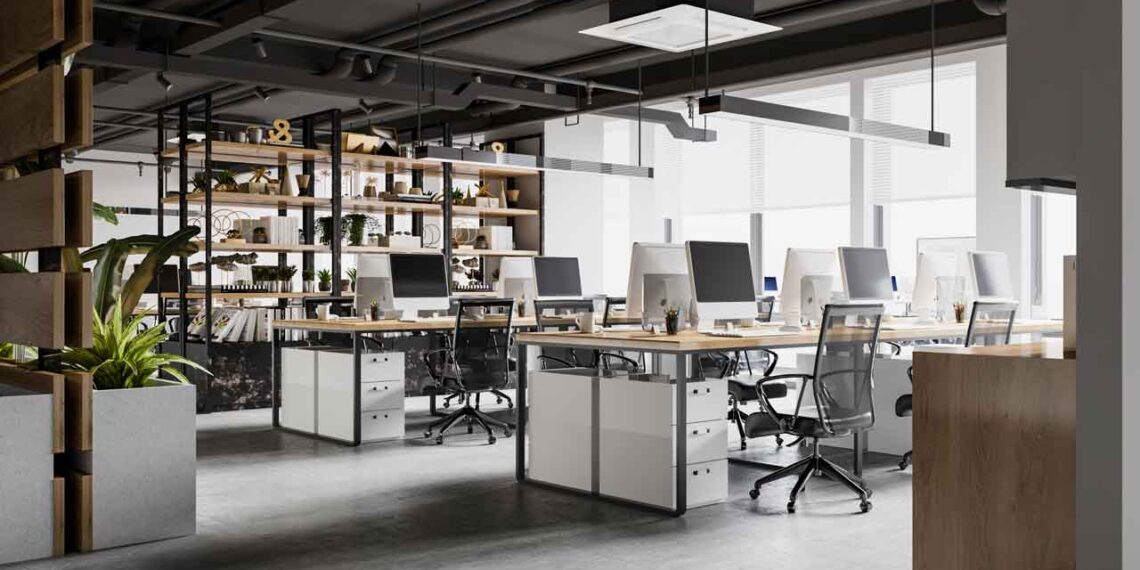Heaptalk – Shared office spaces are fast becoming the norm in Hong Kong. With high rents, limited square footage, and growing headcounts—especially in finance, fintech, and professional services—businesses are under pressure to do more with less. It’s no longer just about fitting people in; it’s about creating structured, purpose-driven environments that support focus, collaboration, and flexibility.
In such a dense and fast-paced city, how you design your space speaks volumes about your company. And the smartest way to create structure isn’t by building walls—it’s by using the right furniture.
Why Structure Matters in Shared Spaces
When teams share workstations, meeting corners, and breakout zones, clarity becomes crucial. Without defined zones, people are unsure where to go for a quick call, quiet work, or deep collaboration. This leads to distractions, tension, and inefficient use of space—something no company in Hong Kong can afford.
That’s where layout strategy and space-smart furniture come in. When thoughtfully selected, furniture becomes more than just functional—it becomes a tool for zoning, movement, and even company culture.
Making Smart Choices with Eco-Friendly Furniture
Given the premium on space in Hong Kong, every item needs to earn its place. We’ve seen growing demand for furniture that’s modular, multi-purpose, and sustainably made. For example:
- Lightweight acoustic panels that double as partitions
- Mobile desks and storage units to adapt with team needs
- Lounge seating made from recycled materials for informal zones
Not only do these pieces help define and organize a shared space, they also reflect a company’s environmental values—a growing priority for both employees and clients.
Many companies searching for office furniture in Hong Kong now prioritize sustainable sourcing, certifications like FSC or GREENGUARD, and brands offering cradle-to-cradle design. It’s not just a trend—it’s part of building a future-ready workplace.
Hong Kong offices face unique challenges: limited space, premium real estate, and high expectations—especially in finance-driven industries. But these challenges also present an opportunity to be smarter, more intentional, and more sustainable with workspace design.
Instead of thinking bigger, think better. Invest in furniture that adapts, structures, and supports—not just your teams, but your values too.












